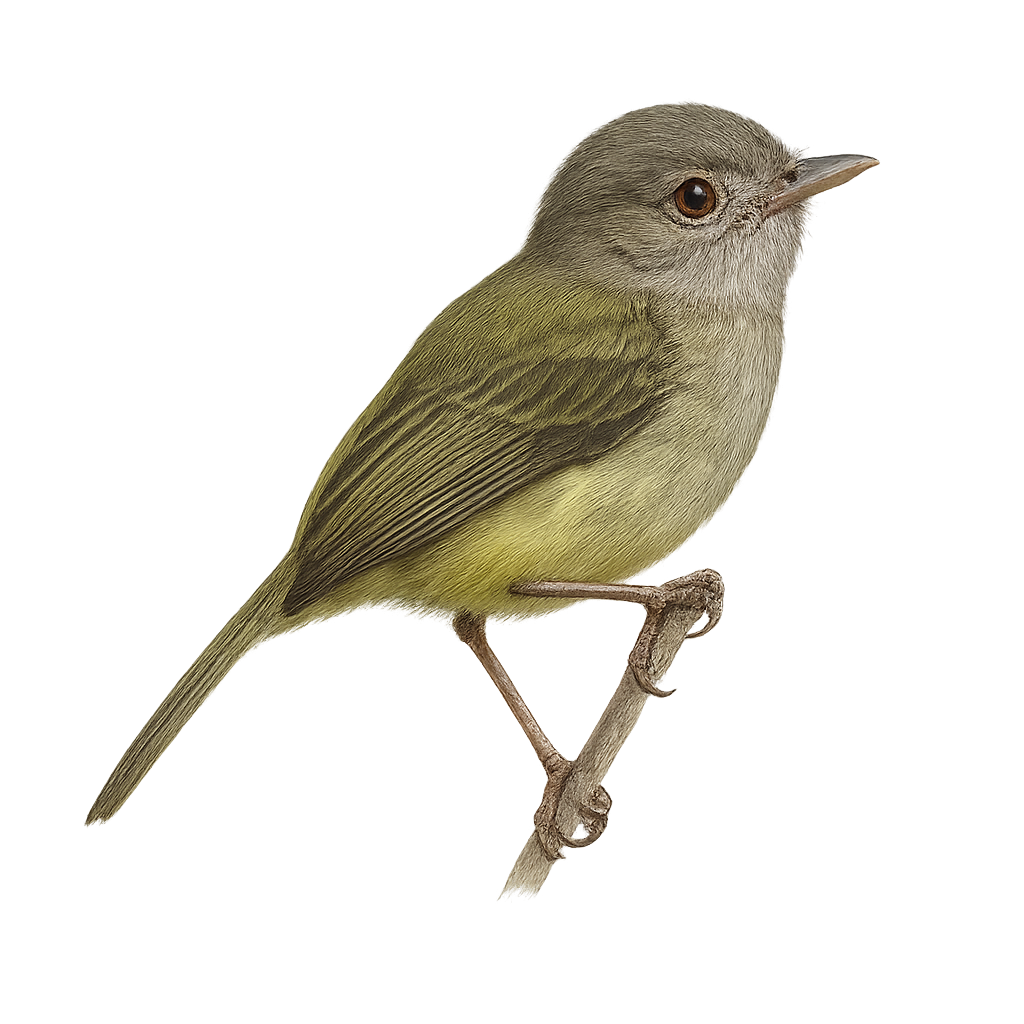Your wildlife photography guide.
Explore the miranda's tyrannulet in detail, study its behavior, prepare your shots.
Where to observe and photograph the miranda's tyrannulet in the wild
Learn where and when to spot the miranda's tyrannulet in the wild, how to identify the species based on distinctive features, and what natural environments it inhabits. The WildlifePhotographer app offers tailored photography tips that reflect the miranda's tyrannulet’s behavior, helping you capture better wildlife images. Explore the full species profile for key information including description, habitat, active periods, and approach techniques.
Miranda's Tyrannulet
Scientific name: Hemitriccus mirandae

IUCN Status: Vulnerable
Family: TYRANNIDAE
Group: Birds
Sensitivity to human approach: Suspicious
Minimum approach distance: 10 m
Courtship display: September to October
Incubation: 16-18 jours
Hatchings: October to November
Habitat:
humid forests, dense undergrowth, lowlands
Activity period :
Primarily active during the day, with peak activity in the morning and late afternoon.
Identification and description:
The Miranda's Tyrannulet, or Hemitriccus mirandae, is a small passerine bird belonging to the Tyrannidae family. Endemic to Brazil, it primarily inhabits lowland humid forests. This small bird measures about 10 cm in length and is distinguished by its olive-green plumage, brown wings, and lighter belly. It is often seen foraging for food, mainly insects, in dense undergrowth. Although discreet, its high-pitched and repetitive song can be heard from a distance. The Miranda's Tyrannulet is a poorly studied species, making its behavior and biology largely unknown. However, it is considered vulnerable due to increasing deforestation in its natural habitat.
Recommended lens:
400 mm – adjust based on distance, desired framing (portrait or habitat), and approach conditions.
Photography tips:
To photograph the Miranda's Tyrannulet, it is advisable to use a telephoto lens of at least 400mm to capture detailed images from a distance, as this bird is quite suspicious. Look for it in the dense undergrowth of humid forests, where it is often on the move searching for insects. Be patient and discreet, as it can be difficult to spot due to its plumage blending with the foliage. Prefer early morning hours to benefit from soft light and avoid harsh shadows.
The WildlifePhotographer App is coming soon!
Be the first to explore the best nature spots, track rutting seasons, log your observations, and observe more wildlife.
Already 1 439 wildlife lovers subscribed worldwide

